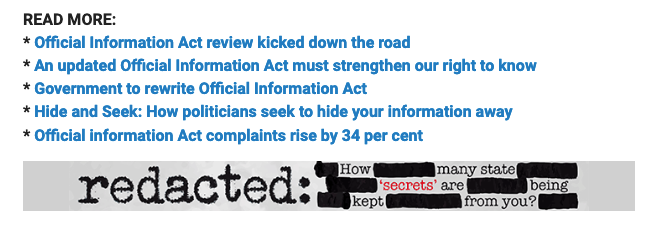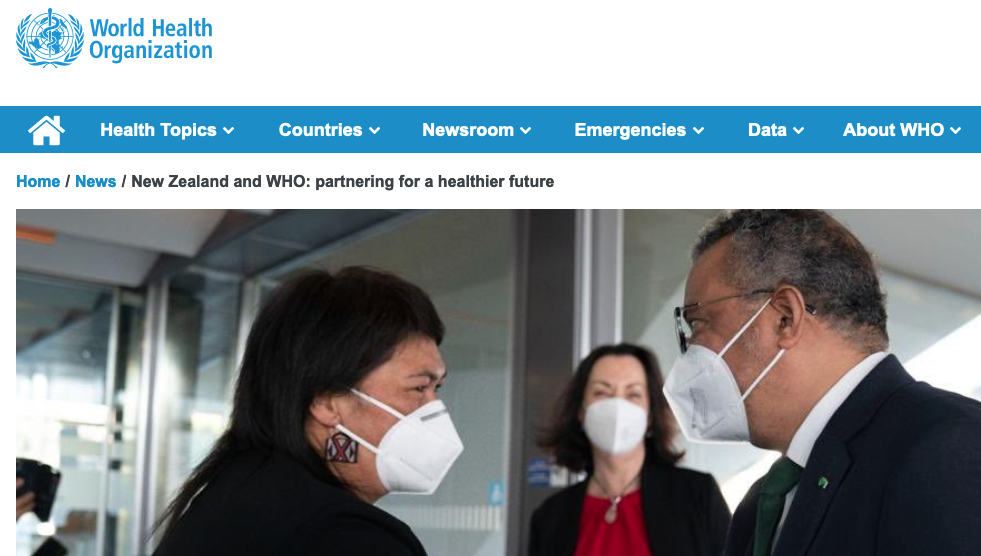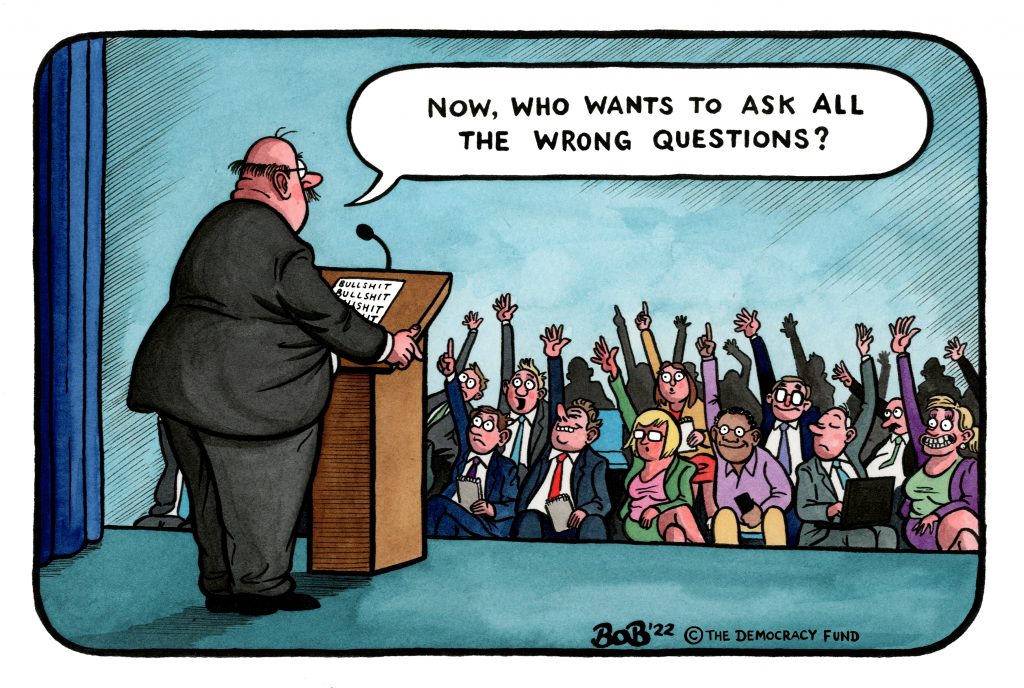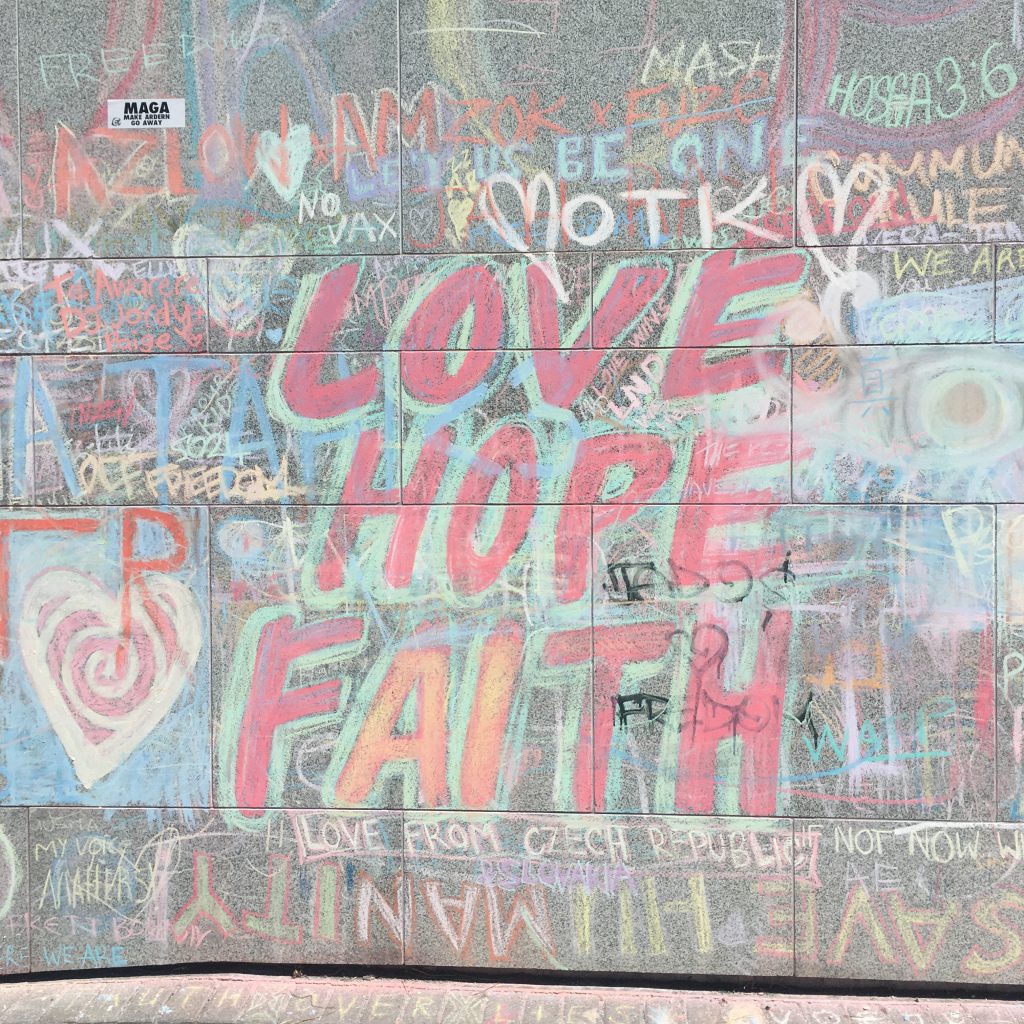If the media doesn’t check itself, it’s likely to censor itself out of existence.
I’ve been reflecting on the parliament protest and the media coverage of it, and how strained the relationship between reporters and editors and that portion of society that have lost faith in the current government – the whole system really – has become.
I listened to an episode of The Fold, a Spinoff podcast, in which Dominion Post editor Anna Fifield was interviewed about her personal campaign to reform the Official Information Act, and to address the breakdown in communication between journalists and government PR staff. She also spoke for some time about the Dominion Post’s coverage of the anti-mandate protest that occupied parliament for three weeks, and how ‘dangerous’ it was for reporters to cover.
While I’m deeply cynical about the last point, one of the few areas of reporting I still think the press are doing a good job on is calling out the Government’s bloated public relations machinery.
Andrea Vance wrote this scathing piece about it in June last year: The Government promised to be open and transparent, but it is an artfully-crafted mirage.
She describes how the number of communications specialists for Ministers and Ministries has risen exponentially since Labour came to power in 2017 – Ardern has four press secretaries for example, while the Ministry of Transport’s comms team has grown to 72 staff, up from 26 in five years.
“In my 20-year plus time as a journalist, this Government is one of the most thin-skinned and secretive I have experienced.”
And it’s not just the numbers, it’s the tactics, she says. Journalists can’t just pick up the phone and get a simple answer to a simple question anymore. Much of the communication is funneled through email, and responses come back without a name for attribution. Vague responses which manage to both use lots of words and at the same time to say nothing, are the norm. Transparency is not a priority.

A campaign called ‘Redacted: how many state secrets are being hidden from you?” looks to be putting pressure on Government for Official information Act (OIA) reform. Of course, the OIA is one of the most important tools in a reporter’s tool box. Also for the public. It lays out this simple fact – that if you ask the government for information, it has to give it to you.
It’s curious then, that being fully aware of how deeply the Ardern government’s image is massaged – a major production – and of the sheer speed and scale of its law-making, that our media are not more suspicious of its motives. There are plenty of dubious things the Government is doing in plain site that the public is unaware of because they are not reported, at least not in the way they should be.
The vast majority of legislation and decision making that has been introduced by this government completely up-ends the social contract, re-engineering the rules of society and the power balance further and further away from serving citizens and closer and closer to a highly surveilled, centralised, and in some cases even globalised centre of gravity. Consider the proposed WHO Treaty and amendments to the International Health Regulations. According to Guy Hatchard, the country is in the midst of a full blown constitutional crisis, a crisis of truth. It’s hard to disagree.

They are hardly ever preceded by a public conversation, and though they go through the motions of consultation, these merely pay lip service to democratic process. However strongly civil society objects to various new pieces of legislation vis a vis submissions, the Government marches on regardless, fully set on implementing its agenda.
Ardern’s public image, around which a cult of personality has grown up, is used to placate and distract a clueless public from looking into the dark corners of Government and demanding to know what the hell is going on.
The irony is the press are as in love with her and her policies as her supporters, despite their protestations about a lack of government transparency.
The press and the public
In the Spinoff interview, Fifield and her interviewer discuss the difficulties in covering the protest, due to the levels of hostility directed at news reporters. Reporters were sent in pairs for ‘safety’.
But there is a strange distance in the way protesters are spoken about in the conversation – as if they were creatures from the swamp, their humanity stripped away. The core reasons for the protest go unaddressed.
Just as legacy media were – and are – cheerleaders for the covid response, the vaccine rollout, and the crackdown on free speech and the bogus danger of ‘mis-and-disinformation’, they also led the charge against the backlash from civil society, having planted their feet firmly on the side of the Government on all the issues related to its abuse of emergency powers.

They avidly demonised the unvaccinated and showed not an ounce of compassion for the professionals losing their jobs due to mandates, embraced the discriminatory measures used to ‘fight covid’ and ‘save lives’ – abandoning any pretense of balance, inclusion and kindness. They refused to ask basic journalistic questions of the Government about its extreme actions, constitutional abuses or their statistical shenanigans. They ran hit piece after hit piece on dissenting voices, while the press gallery played a sycophantic game with the Prime Minister and Director General of Health at the daily propaganda stand-ups.
They ignored the deep social fractures taking place – the public supported restrictions, and those against them were just a tiny, unimportant minority who could safely be ignored; they did not tell the stories of people who were unceremoniously kicked out of their own lives, the impact of mandates on mental health, family life and finances; they ignored and denied vaccine injury despite it being everywhere you look, and when they finally did acknowledge it, downplayed it. Overall, the media gave the message loud and clear – these people were acceptable collateral damage, and nobody needed to hear what they had to say.
I don’t believe in violence and will never condone it, however, I’m hardly surprised reporters faced hostile attitudes from protesters at the camp – it became immediately evident that any coverage was set on framing these everyday people as far right loonies, radicalised by disinformation, and gathered at parliament with violent treasonous intent. In reality, all they bloody wanted was for their government representatives to talk to them and face the destruction they had caused in the lives of so many.
“The threat was very real for us … I always said to the reporters ‘safety first, story second’,” Fifield commented.

Personally, I think the perception of threat was at least partially self-generated. The media had spent so long stabbing these folk in the back, they had come to believe their own stories about them. One clear example, ironically, was Andrea Vance claiming she saw nooses hanging from the trees at camp. Knowing as I did that nothing of the sort would have been permitted by the camp security, I asked someone there to scour the camp in search of a noose. I was sent back multiple pictures of ropes hanging from trees – clearly used to secure tents and structures in the face of the cyclone that ripped through Wellington – and which the protesters stoicly endured – early on.
How about the now famous example of the media reporting protesters were emptying sewage into the harbour, when in reality the police had blocked access to the portaloos to use as a bargaining tool, creating a health and safety issue. Later protesters plumbed the toilets directly into the sewers to solve the problem. This went unreported in legacy media.
Reporters were simply too willing to see the worst in the protesters. There are too many examples of misreporting about them to list here. They were legion.
I have no doubt that if a reporter had approached with a genuine desire to hear their stories and report their views without bias, people would have opened up to them with warmth and honesty. Sure, they would have had to work to earn trust but that is only fair. The only time I ever saw that come close to happening was in Melanie Reid’s report for Newsroom.
By mid-next year, the media will be even more closely tied to the government through its announced merger of TVNZ and RNZ, and massively increased budget. How can the public be reassured by that?
I have no sympathy for the media playing the victim – it is sickening. A dereliction of duty as huge as the one they have been responsible for cannot be easily forgiven.
Unless they wish to censor themselves right out of existence, and they are doing a very good job at that presently, editors and reporters need to face themselves and stop hiding behind fairy tales about a long suffering heroine saving us from a terrible plague while under attack from the lunatic fringe.
The myth-making has to stop. Legacy media admittedly know the depths of this government’s opaqueness, its level of spin. They must understand the scale of reform taking place without public mandate. They bury the biggest stories of the century to protect Wellington from accountability. Where other public institutions – the watchdogs, the courts, the professional associations, the school boards, still have an opportunity to redeem their woeful performance – I can’t see media ever regaining the public’s trust.